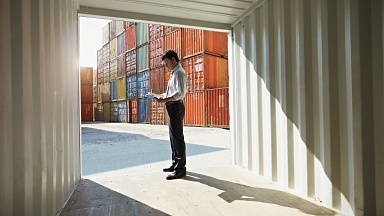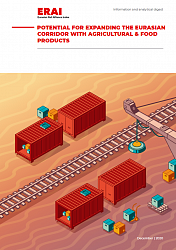A slowdown in cargo liftings over the Chinese New Year may help to take some of the heat off the current disruptions in the supply chain, but shippers face several more months of delays.
«Chinese New Year will help a bit because there will be a couple of weeks with fewer boxes loaded in Asia, but I anticipate is will be well into the second quarter before we get back to a normal situation,» Hapag-Lloyd chief executive Rolf Habben Jansen said in a call to customers.
«Terminals are facing phenomenally higher volumes. We should be realistic here. There is such a surge of volumes that it will take time to work it out.»
The large number of ships waiting off Los Angeles and Long Beach, for example, would have a knock-on effect, as it would now take longer for the ships to get back to Asia, which meant they would be delayed again.
Mr Habben Jansen pointed to the uneven distribution of demand across 2020 and early 2021 as the cause of the disruption.
Initial expectations were of a fall in volumes of about 10% during the year, which were later reduced to a decline of 3%. The latest figures from Container Trades Statistics indicate volumes across the year fell by only 1.2%.
But the bulk of those volumes were carried from the third quarter onward.
«From the fourth quarter, the market went crazy and demand was way ahead of what we saw in 2019,» Mr Habben Jansen said.
«That has caused a lot of difficulties for everybody. There has been tremendous pressure on global transportation infrastructure, causing significant capacity constraints and delays.»
One of the most visible disruptions had been in the supply of empty container equipment, but this was also a result of the congestion and inland delays.
«When we look at container utilisation, the time a laden box is actually in use, a difference of 6% does not appear to be a lot,» Mr Habben Jansen said. «But it means we need more containers to carry the same amount of cargo.»
The average time a container was in use had increased by three days in the fourth quarter and was up by five to six days now, he added.
«For every day that a container is held, for a company like Hapag-Lloyd we need extra inventory of around 35,000 teu,» he said.
Production of containers had declined during the pandemic and would take time to get back to previous levels, with an even longer delay before those boxes entered circulation.
Hapag-Lloyd had added 325,000 containers to its fleet and had moved 200,000 containers on dedicated empty loaders, but container supply remained tight in some markets.
«The message here is that there are definitely container shortages because of congestion in ports, but in reality we need more several million more boxes industry-wide,» Mr Habben Jansen said.
«It will take some time to get those produced. We are not out of the woods just yet.»




